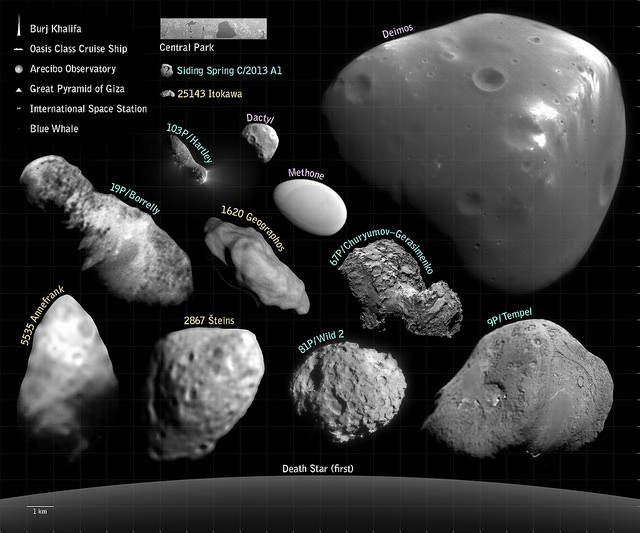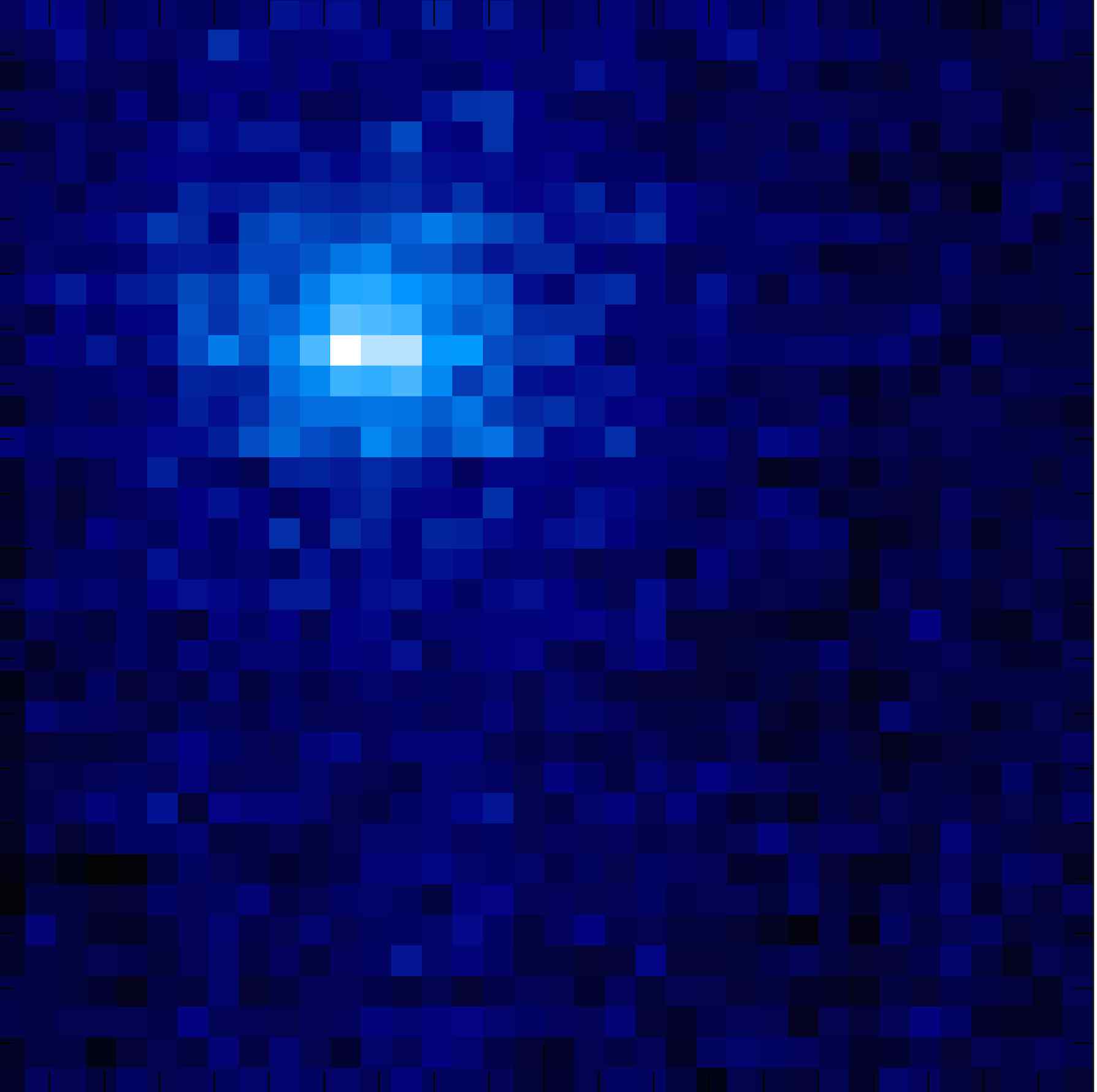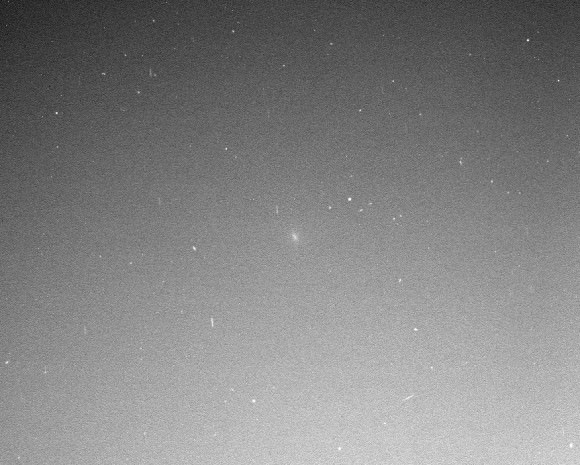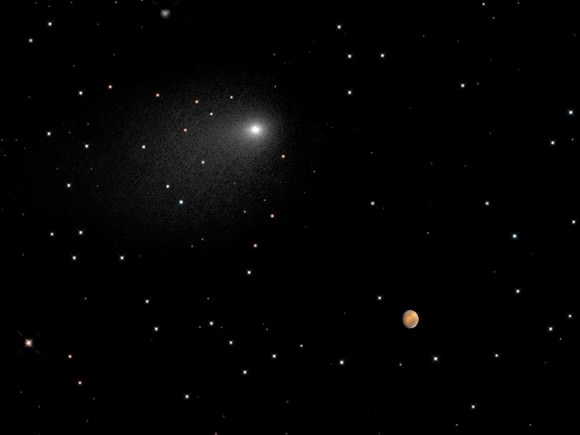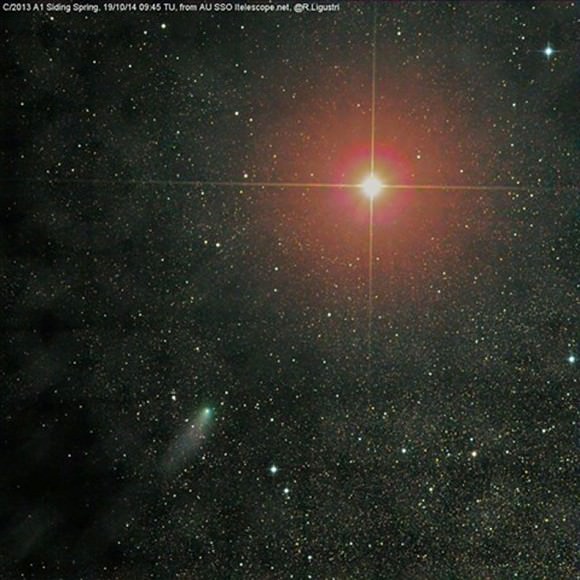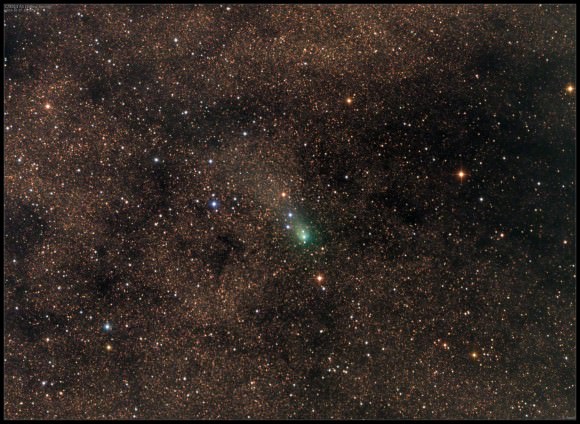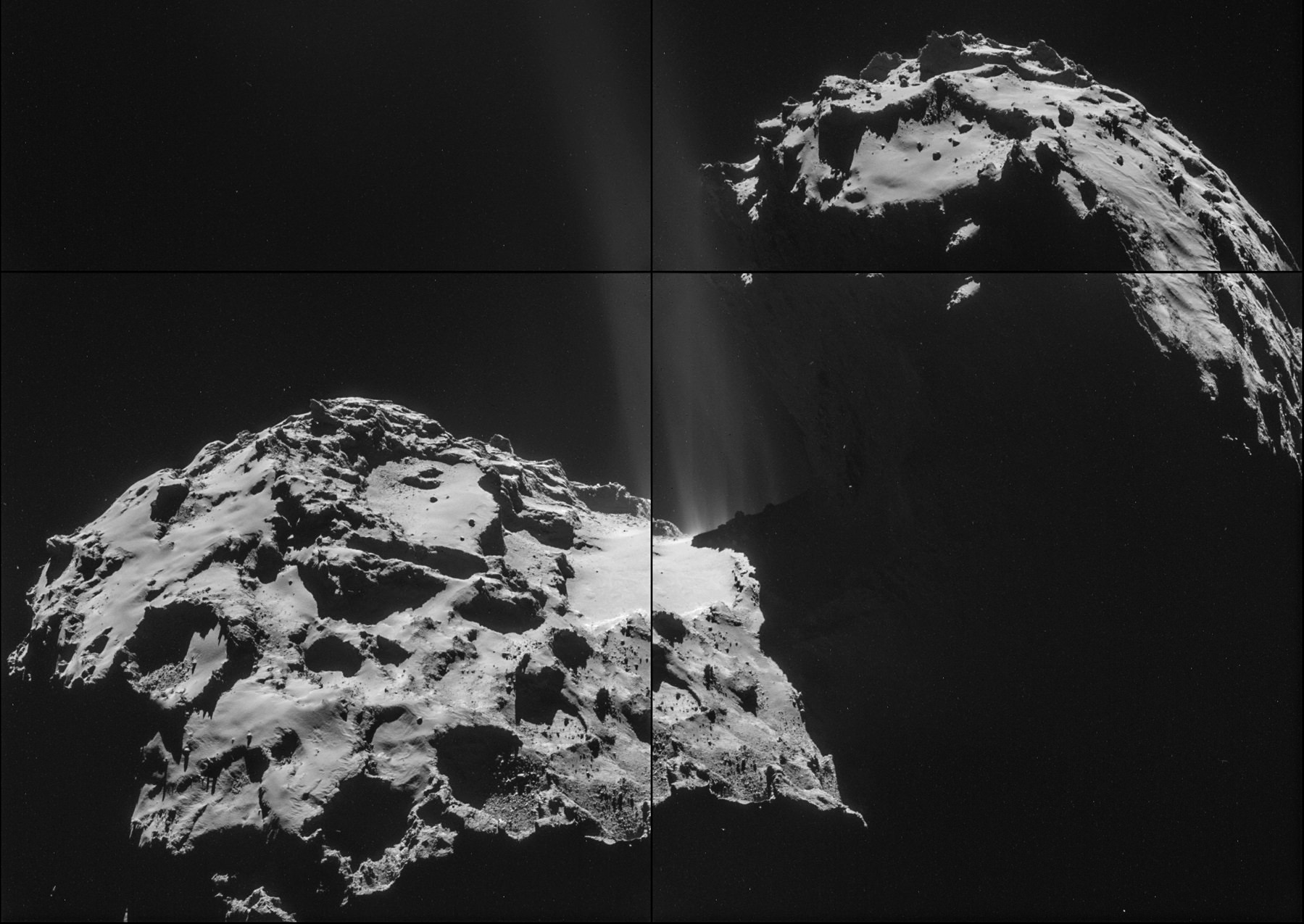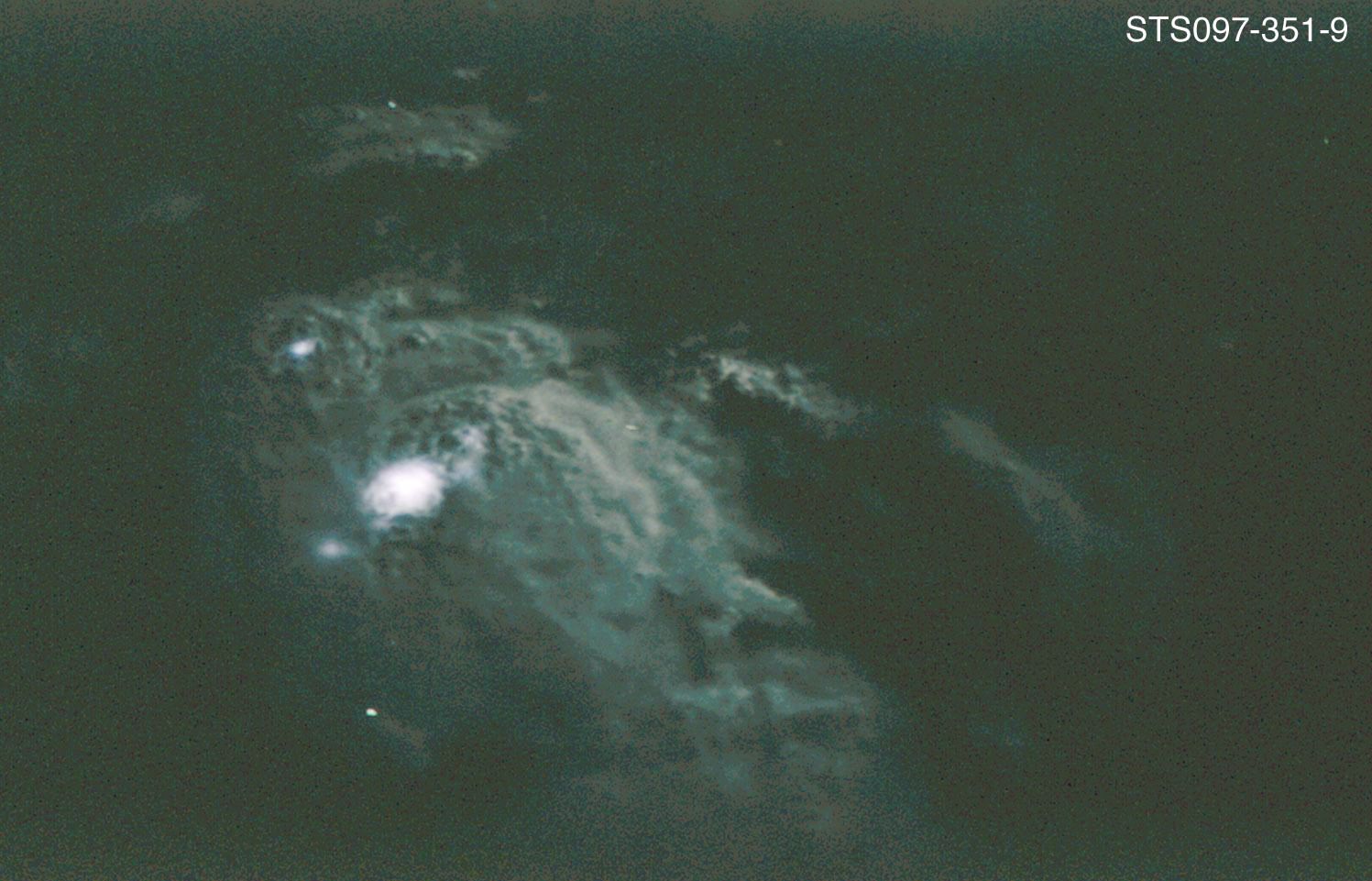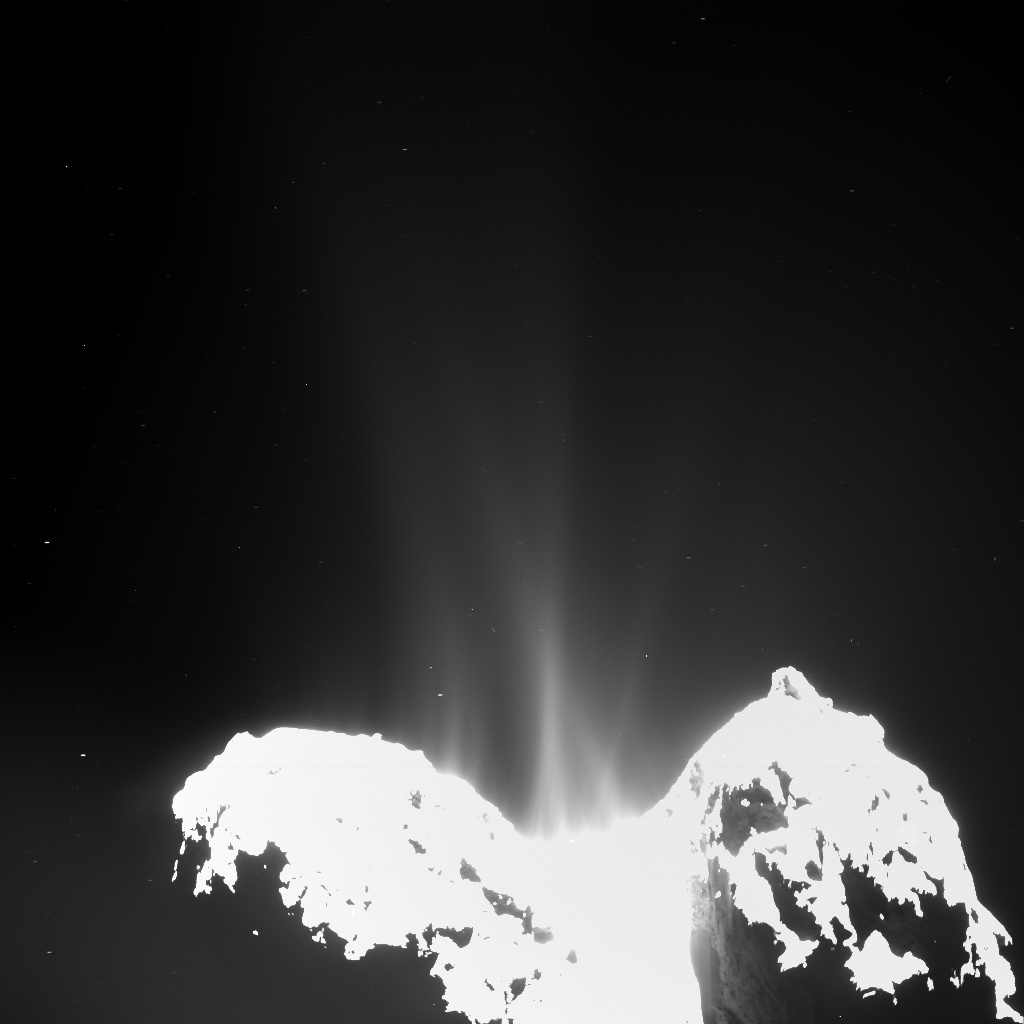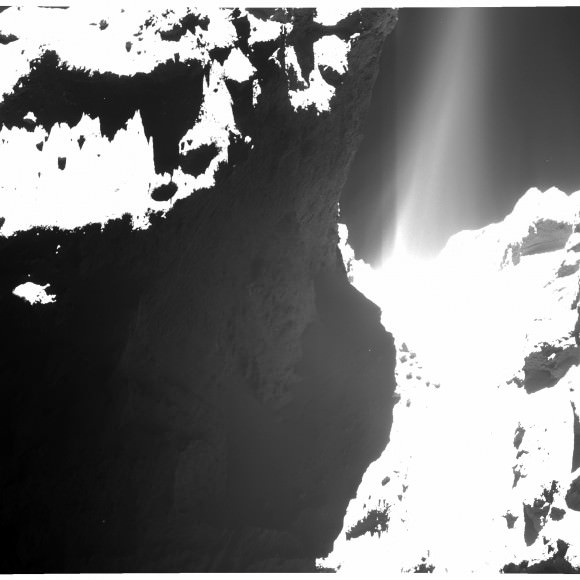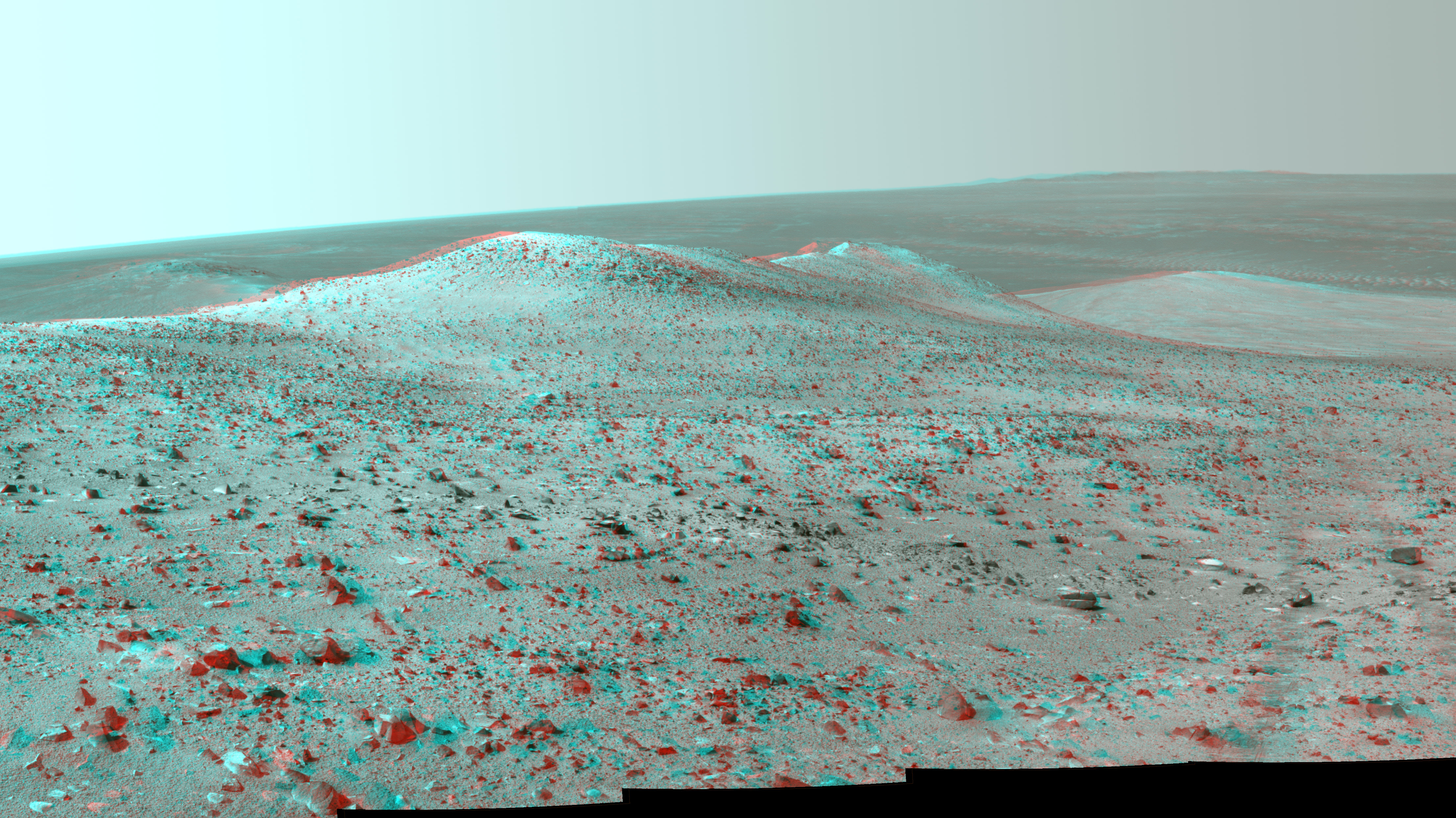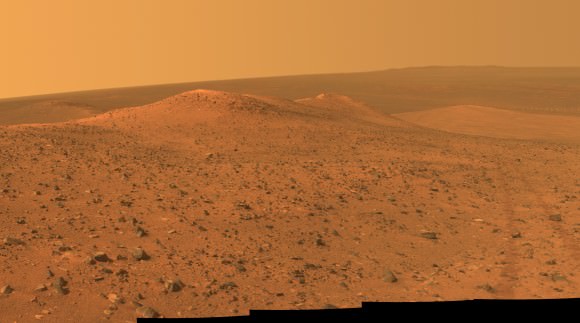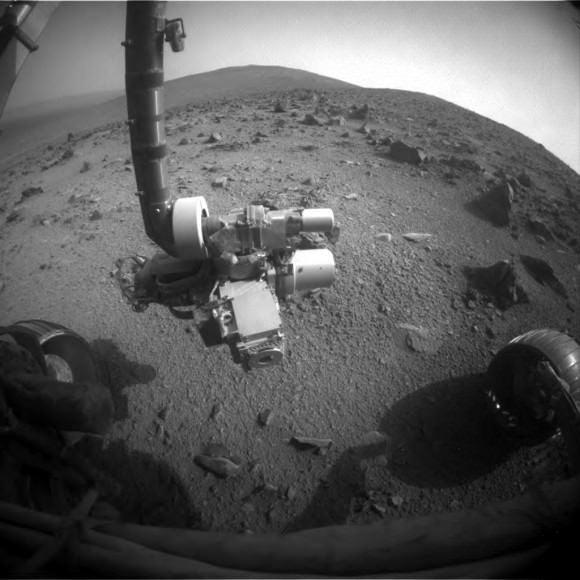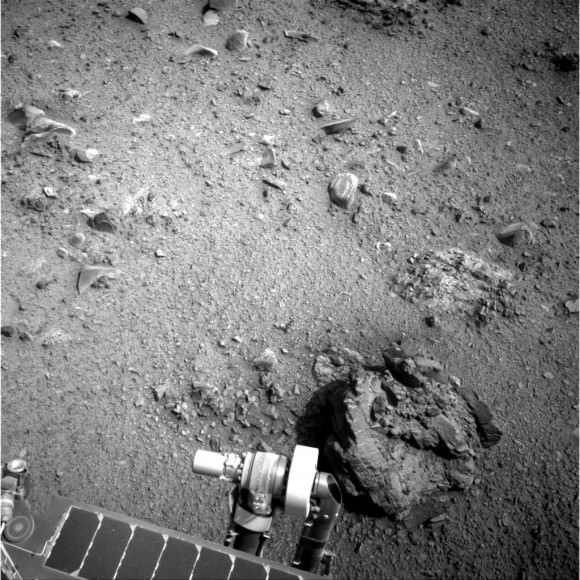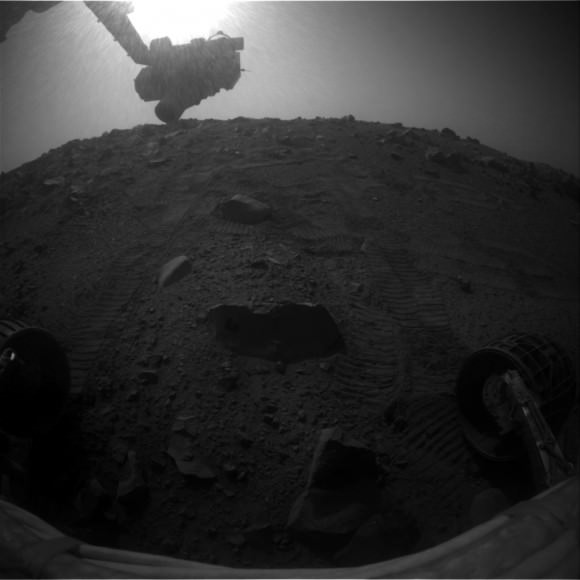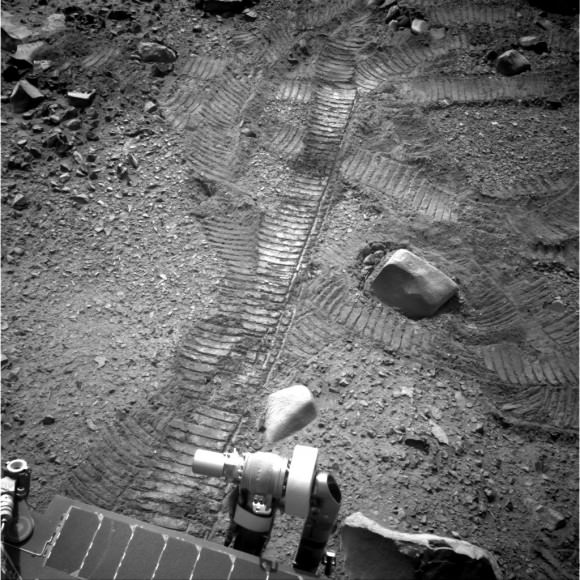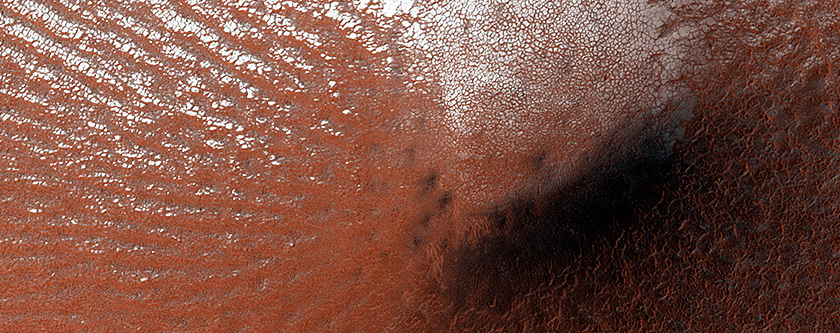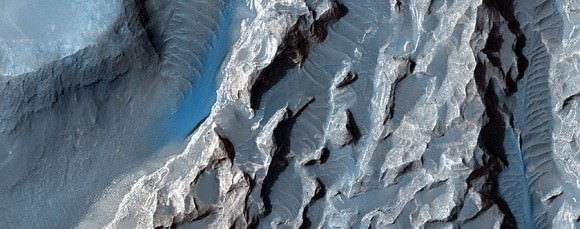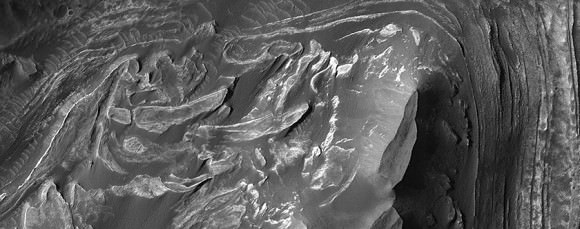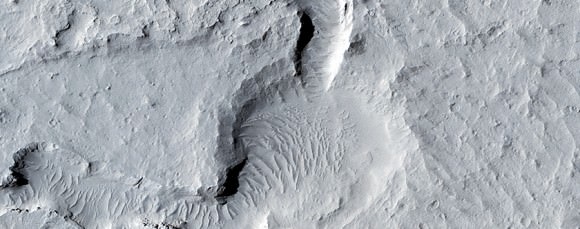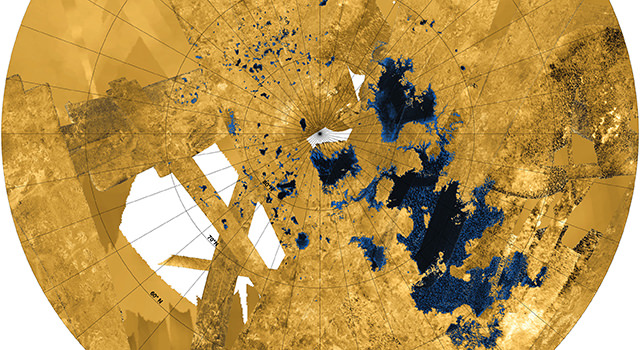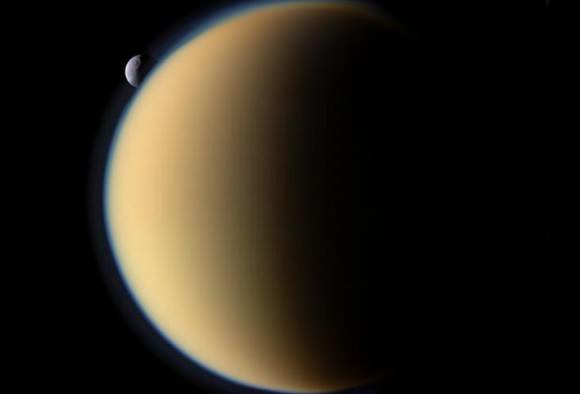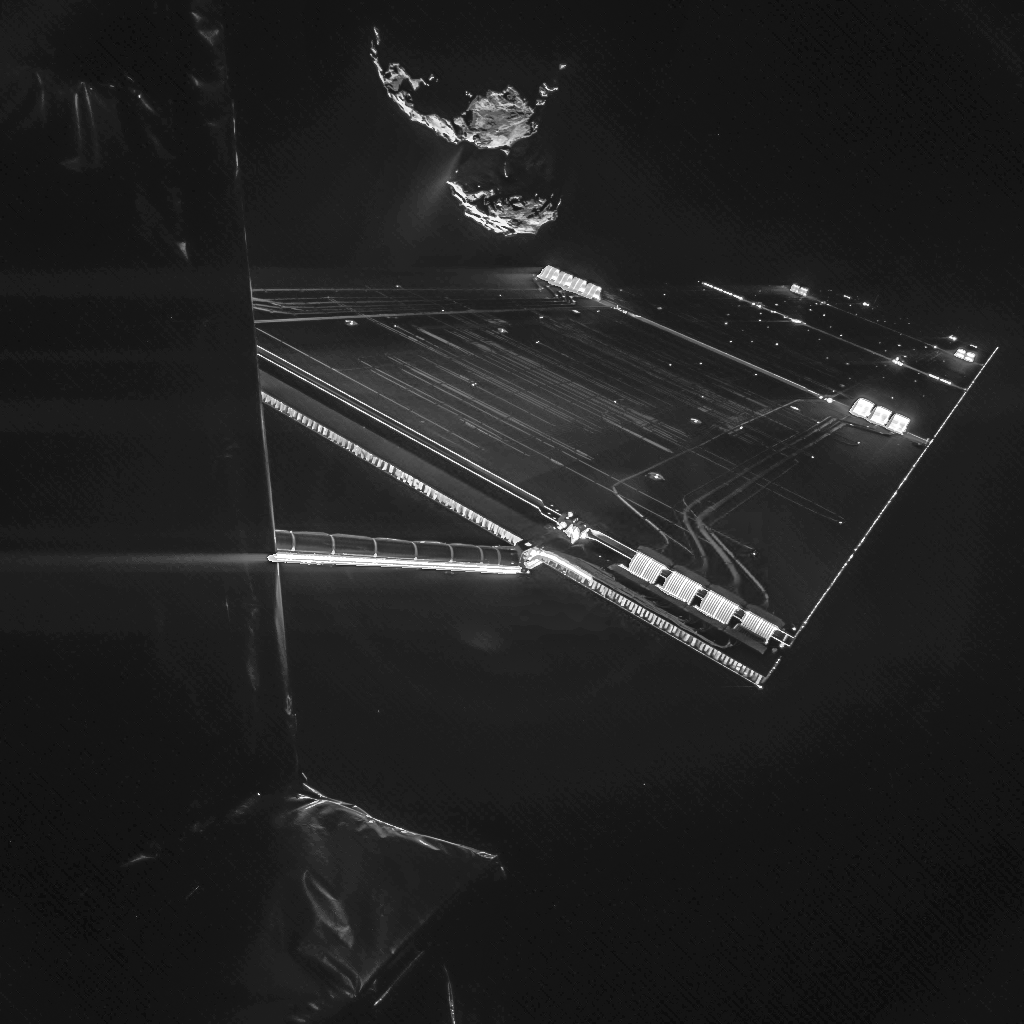We’ve seen a bunch of pictures comparing Comet 67P/Churyumov–Gerasimenko with all kinds of cities and objects on Earth, but it’s hard to put everything in perspective. Just how big is this thing? How big is it compared to other asteroids and comets we’ve imaged? What about more familiar objects, like the Burj Khalifa and Central Park?
How big is 67P/Churyumov–Gerasimenko compared to the Death Star?!?
Fortunately, our good friend Judy Schmidt @SpaceGeck took it upon herself to clear this all up. She created this wonderful infographic that shows 67/P surrounded by a bunch of other objects in the Solar System with a similar size. There’s Siding Spring, the Mars moon Deimos, 19P/Borrelly, 103P/Hartley, and others.
And then they’re compared to the Burj Khalifa, a blue whale, the Great Pyramid of Giza, and much more.
But most importantly, at the bottom of the image, you can see the slight curvature of a fully operational Death Star. Yeah… those things are pretty big.
Anyway, I highly recommend you check out Judy’s post about the illustration over on Flickr and read her behind the scenes commentary.
And while you’re at it, check out her previous illustration of 100 planetary nebulae in a single image.
Source: Judy Schmidt’s Flickr Page

